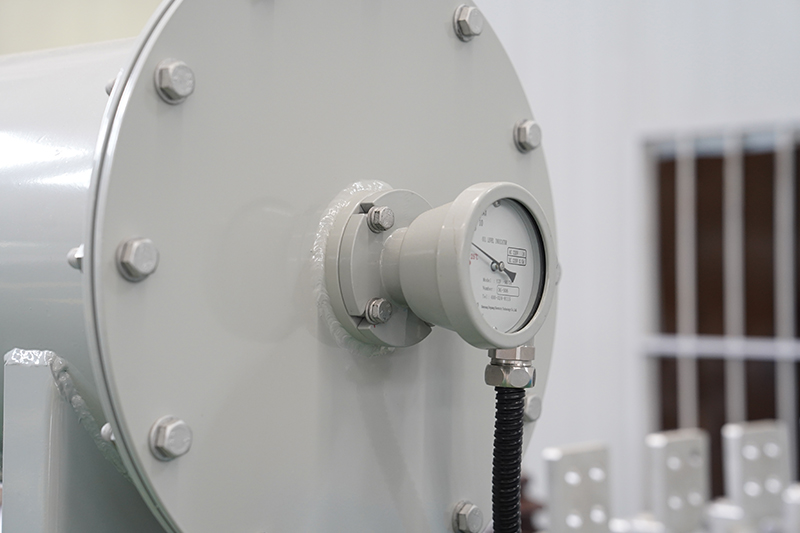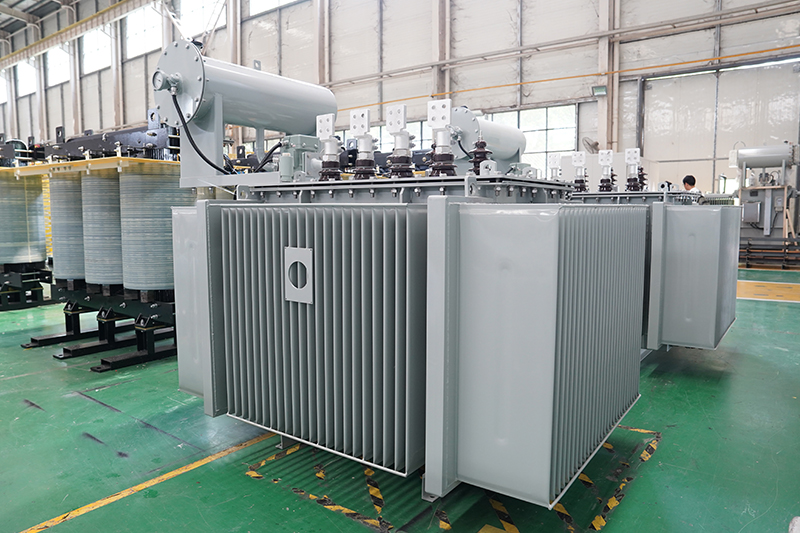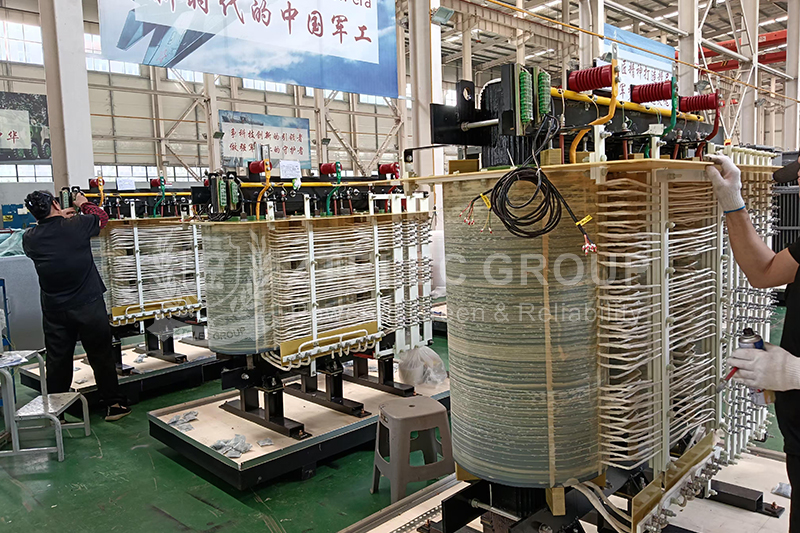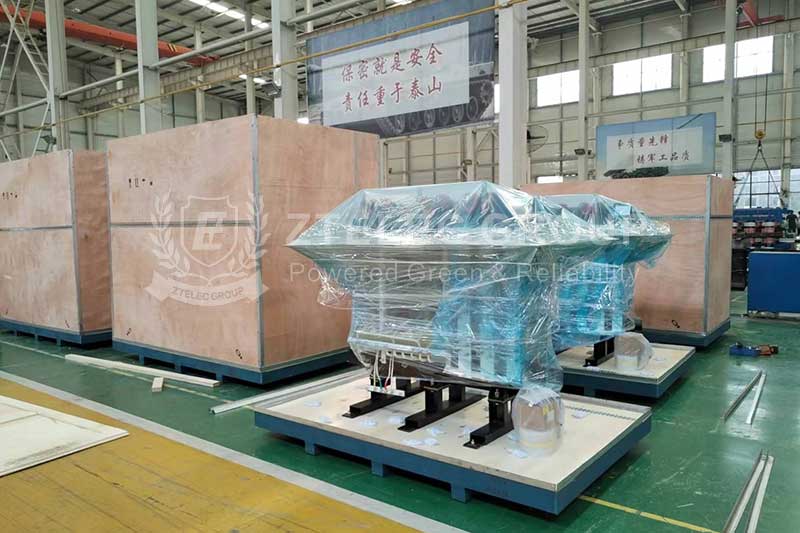Oil-Immersed Transformer Conservator: Core Functions and Key Roles
The oil conservator is a critical component of oil-immersed transformers, responsible for dynamically regulating the transformer oil volume and enhancing the overall reliability and lifespan of the equipment. Typically constructed from welded steel into a cylindrical tank, the conservator is mounted horizontally above the main transformer tank and accounts for roughly 10% of its oil volume.

Connected via a gas relay pipe, the conservator allows the oil level to expand or contract freely in response to temperature changes. To monitor this process, conservators are equipped with oil level gauges—usually magnetic or glass-tube types—for real-time visual indication.
Types of Oil Conservators
1. Capsule/Diaphragm Conservator: Features an internal flexible capsule or diaphragm that completely isolates the transformer oil from atmospheric air, providing a fully sealed system ideal for large transformers.
2. Open Conservator: The simplest design, connected to the atmosphere through a breather that absorbs moisture. Although cost-effective, its moisture protection is relatively limited.
3. Corrugated Conservator: Uses metal bellows to accommodate oil expansion and contraction without external air contact or breather devices, improving seal integrity and reducing contamination.
Why Is the Oil Conservator So Important?
The conservator plays a vital role in stabilizing internal pressure, protecting oil quality, and reducing exposure to environmental contaminants. Here are its key functions:
1. Automatic Oil Volume Regulation
As transformer load increases and oil temperature rises, the oil expands and flows into the conservator. When the temperature drops, oil returns to the main tank. This ensures that the transformer is always filled with oil while allowing for safe expansion and contraction.
2. Improved Insulation and Dielectric Strength
By limiting the contact between oil and air, the conservator prevents moisture and oxygen from degrading the oil. This helps maintain the oil's dielectric strength and ensures the transformer’s internal insulation system remains reliable.
3. Extended Oil and Transformer Service Life
The sealed or semi-sealed structure slows oil oxidation, acid buildup, and impurity formation. This reduces maintenance intervals and prolongs the life of both the insulating oil and the transformer itself.
4. Safety Assurance
The conservator prevents excessive oil spillage during expansion and protects the system from drawing in air during contraction, which could otherwise lead to internal discharge or fire hazards.
5. Real-Time Oil Level Monitoring and Fault Alerts
Oil level indicators make it easy to detect abnormalities such as sudden oil drops, leaks, or internal overheating. These signs often point to serious issues like gas accumulation, helping operators perform timely inspections and repairs.
6. Integration with Protection Devices
The conservator works in tandem with the Buchholz relay. When a fault occurs and gas is produced, it collects under the conservator’s pillow, activating the relay to trigger alarms or system shutdowns, thereby preventing catastrophic failures.

Maintenance and Best Practices
Despite its simple structure, the conservator is essential for transformer health. Poor design or neglected maintenance can lead to oil degradation, insulation breakdown, or even transformer failure. To avoid these risks, it is crucial to:
— Regularly inspect the oil level and breather condition
— Check for leaks or seal deterioration
— Ensure the oil level remains above minimum safe limits, especially in units with continuous bushings
The oil conservator is far more than just a storage chamber—it is a vital system for oil management, insulation preservation, and safety assurance in oil-immersed transformers. Its proper design, selection, and maintenance are indispensable to the long-term reliability of power equipment.
- more+releated article
- 2025-10-21Application of K Factor Transformer
- 2025-10-21Detailed explanation about transformer model w
- 2025-10-2010kV Oil-Immersed Transformer Safety: Lightnin
- 2025-10-20What are The Advantages of Phenolic Cotton Clo
- 2025-10-17Are Three-Phase Isolation Dry-Type Transformer
- 2025-10-17G10 Epoxy Sheet: Choosing the Right Specificat
- 2025-10-1610kV Oil-Immersed Transformer Operation Inspec
- 2025-10-163240-B Epoxy Phenolic Glass Fiber Cloth Lamina
- 2025-10-15G10 Epoxy Sheet: The Preferred Insulation Mate
- 2025-10-15Analysis of Energy-Saving and Noise Control Te





